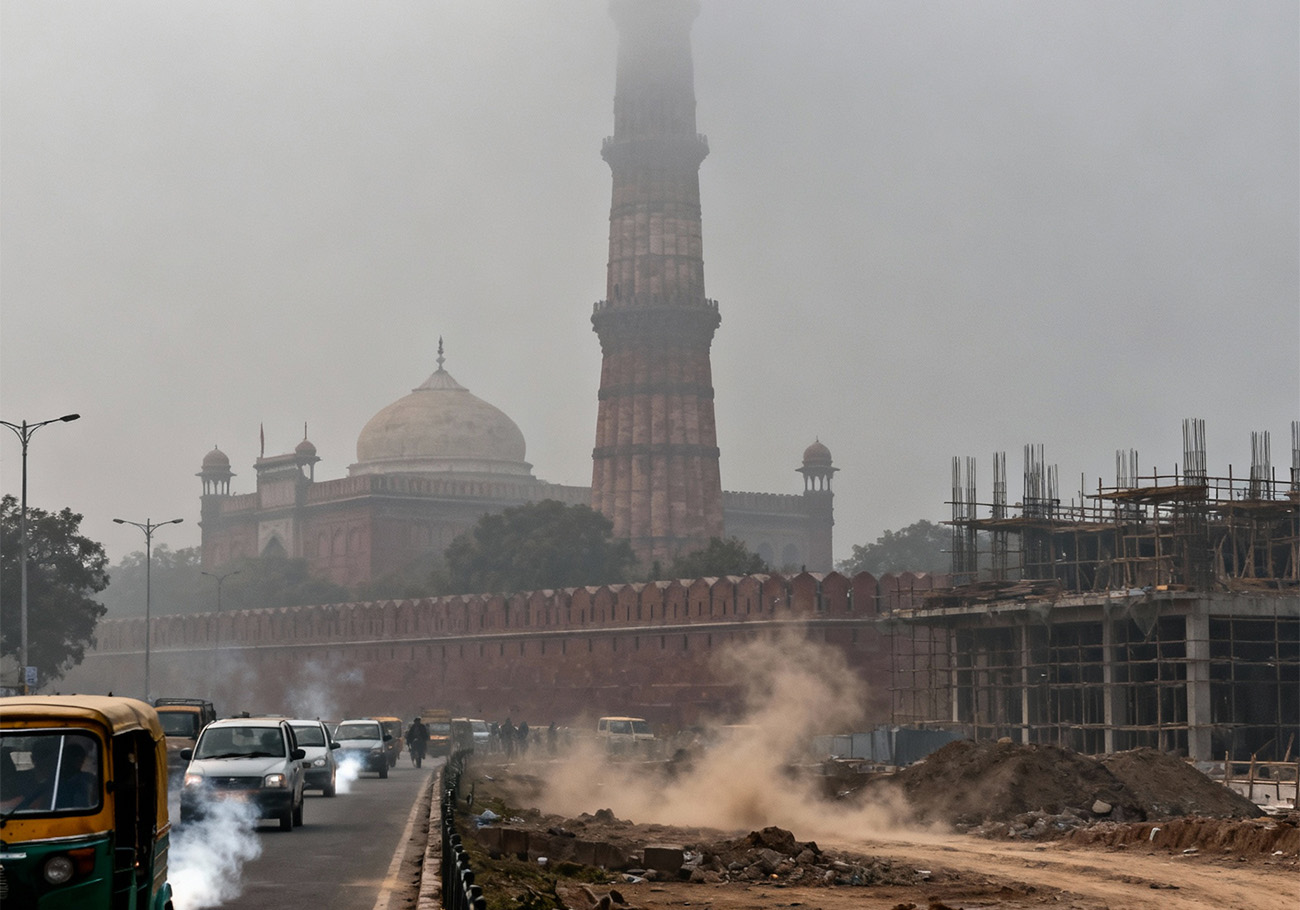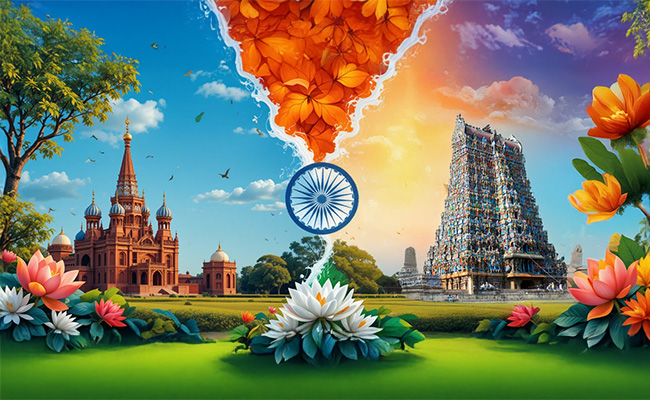
With the start of the festive season in the Delhi-NCR region, along with joy comes an unwelcome annual visitor — smog. The decline in air quality from mid-September has become an unfortunate tradition, marking the beginning of the pollution season. Every winter, the capital turns into a "gas chamber," as described by the Supreme Court of India in 2019. The clean post-monsoon air rapidly deteriorates, and the crisis peaks between October and December. Although air pollution has been a long-standing issue, the critical escalation began after 2010.
Timeline of Deterioration
Air pollution in Delhi developed gradually through several stages:
- In the 1980s and 1990s, industrial growth and population increase amplified pollution. The main sources were vehicle exhaust, emissions from power plants, and factory smoke.
- In 1995, following a Supreme Court ruling, Delhi's public transport was converted to compressed natural gas (CNG), which slightly improved the situation.
- During the 2000s, the number of vehicles surged sharply, exacerbating pollution alongside construction and industrial emissions.
- In 2006, large-scale construction for the Commonwealth Games added dust and smog, making winters particularly hazardous.
- From 2010 to 2020, the situation peaked: in November 2016, the Air Quality Index (AQI) reached a record 497, drawing national and international attention to the crisis.
- Winters from 2017 to 2019 were characterized by severe pollution due to crop residue burning, vehicle emissions, industrial activity, and construction work.
- In 2020, the COVID-19 lockdown gave Delhi its cleanest air in decades.
- Pollution levels rose again from 2021 to 2022 due to Diwali fireworks, crop residue burning, and unfavorable weather conditions.
- November 2024 was the most polluted month in eight years, with AQI consistently in the "severe" category.
Main Causes of Pollution
The causes of Delhi’s air pollution are complex and interrelated:
- Vehicle emissions are a major source of fine particulate matter (PM2.5) and nitrogen oxides (NOx). About 12 to 15 million vehicles were registered in the region during 2023–2024.
- Crop residue burning does not occur in Delhi itself but in neighboring states Punjab and Haryana. Wind and weather conditions trap the smoke over the city, creating dense smog.
- Construction and mining, together with dust from urban expansion, significantly increase particulate matter levels.
- Pollution from industrial plants and waste burning in landfills also substantially worsen air quality.
- Winter meteorological factors, including low wind speeds, high humidity, and temperature inversions, prevent pollutant dispersion, holding the pollution close to the ground and making the air toxic.
Delhi's transformation from a green metropolis into a city trapped in constant smog is a powerful example of the cost of unsustainable development. Without decisive measures, the pollution season risks becoming a permanent condition.
This material has been translated using AI-powered neural networks. If you spot any errors, please highlight them and press Ctrl+Enter or notify us at
info@nationalcapital.in






